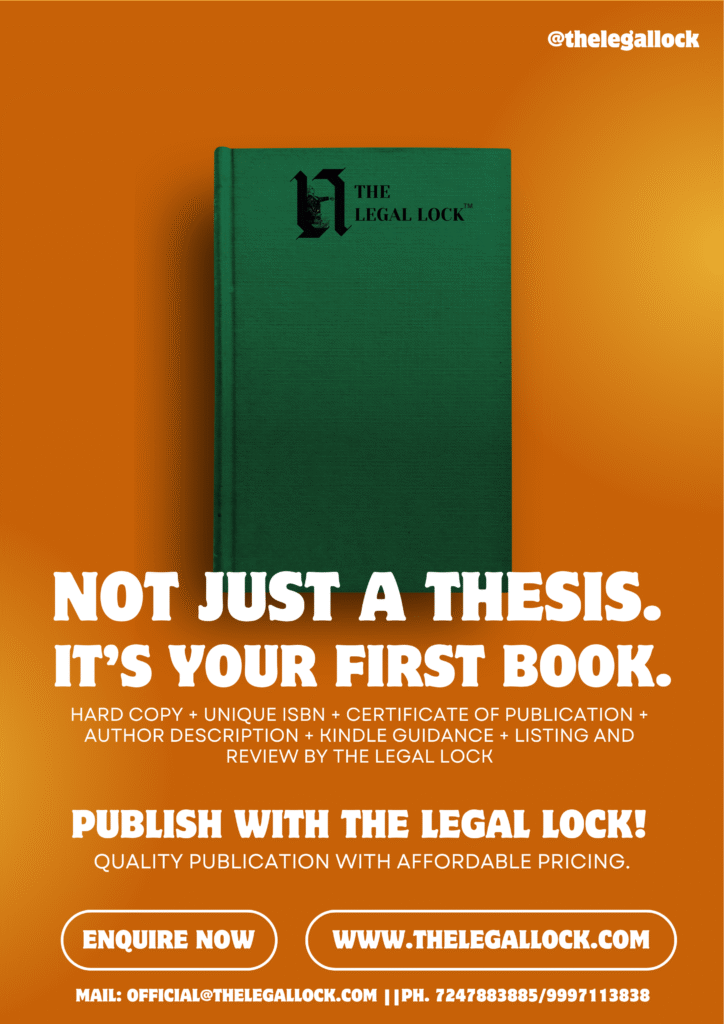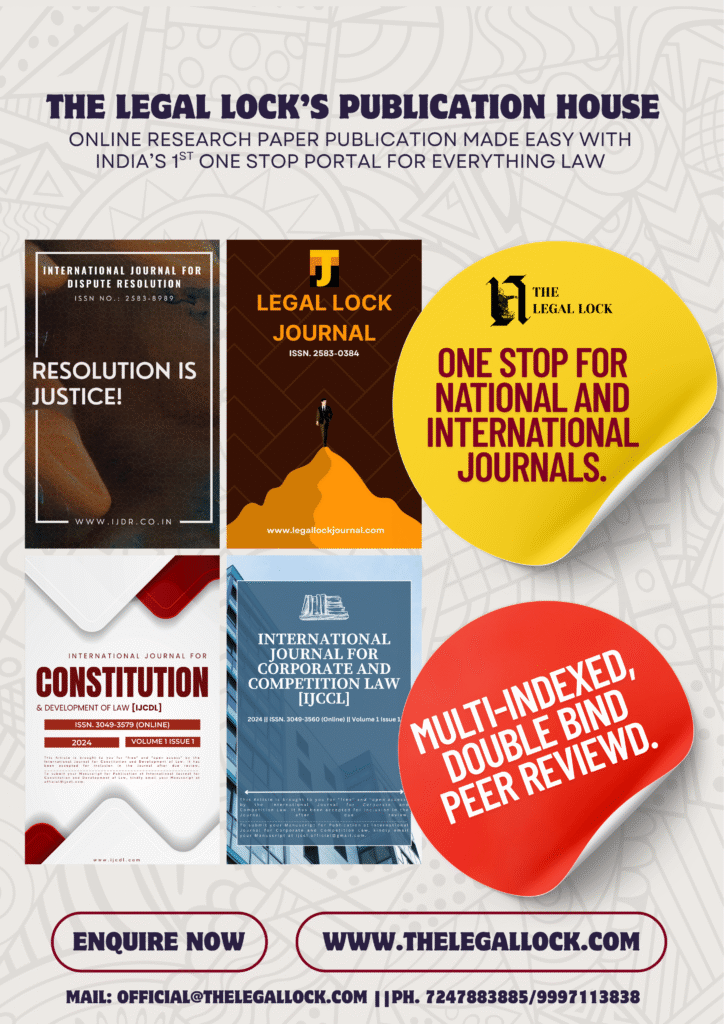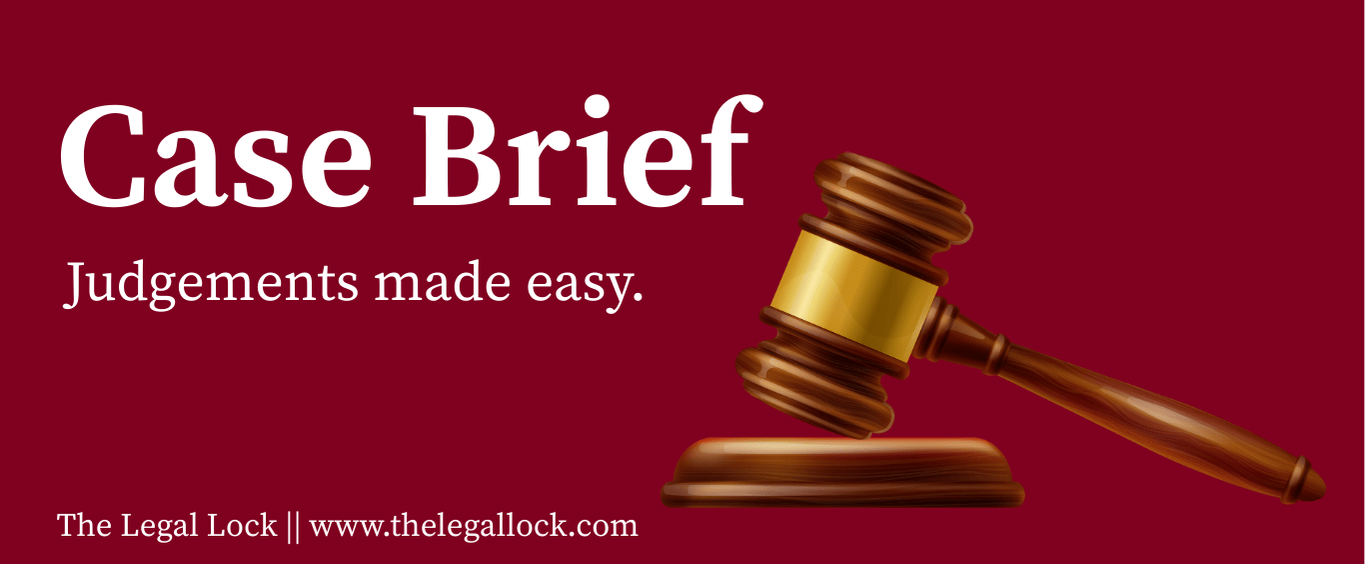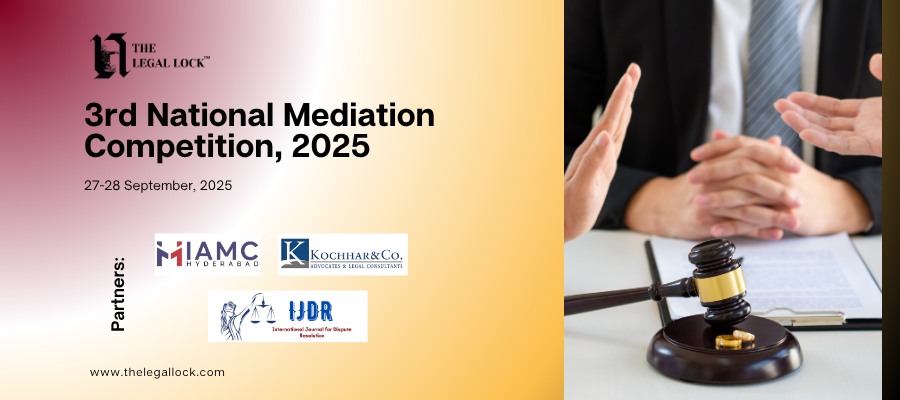| CASE NAME | Indian Young Lawyers Association and Ors v. State of Kerala |
| CITATION | MANU/SC/1094/2018(2019)11SCC1[2018]9SCR561 |
| COURT | Supreme Court of India |
| BENCH | Chief Justice of India Dipak Misra, Justice D. Y. Chandrachud, Justice R.F. Nariman, Justice Indu Malhotra, Justice A. M. Khanwilkar. |
| DATE OF DECISION | 28th September 2018 |
Introduction
Throughout history, women in our society have faced numerous challenges in their pursuit of equal status and representation in public spaces. However, it is encouraging to witness a shift in the current landscape, as significant reforms have been implemented through the rulings of the Courts.
The Sabarimala Temple, which is devoted to Lord Ayyappa, historically prohibited women of menstruating age (10-50 years) from entering the premises, citing the celibate nature of the deity as the rationale behind this restriction. This custom has been in place for centuries, grounded in the belief that women in the menstruating age bracket are deemed impure and hence are not permitted to access the temple.
In this case, the petitioners claimed that certain rules prohibiting women from entering temples are unconstitutional because they violate Articles 14, 15, 17, 25, and 26 of the Indian Constitution.
The aspirations of the Constitution and social reality diverge. The Indian Constitution’s provisions and societal realities diverge significantly. The Supreme Court has made an effort to reconcile the two in this instance.
Facts
The Sabarimala Temple, situated in Kerala, is a place of worship dedicated to Lord Ayyappa and holds great religious significance for devotees, drawing pilgrims from all over India. For many years, the temple adhered to a long-standing tradition that prohibited women of menstruating age from entering its premises.
This practice was rooted in the belief that the deity, Lord Ayyappa, is celibate, and the presence of menstruating women was seen as impure and contradictory to the concept of celibacy.
Recently, the Indian Lawyers Association, in collaboration with various women’s rights activists, filed a petition challenging this exclusionary practice at the Sabarimala Temple. They argued that it was discriminatory, violated the fundamental rights enshrined in the Indian Constitution, and perpetuated gender-based discrimination.
Issues
- Does the temple administration’s restriction breach Articles 15, 25, and 26 of the Indian Constitution?
- Does the Kerala Hindu Place of Public Worship Act, 1965’s provisions conflict with this restriction?
- Is there a denominational aspect to the Sabarimala Temple?
Arguments
- The petitioners put forth the argument that the act of barring women of menstruating age from entering the Sabarimala Temple was discriminatory and infringed upon their right to equality as stated in Article 14 of the Indian Constitution.
- They stressed that the denial of entry to women solely based on their menstrual status constituted a type of discrimination based on gender. The petitioners referred to Article 15, which prohibits discrimination on the grounds of religion, race, caste, sex, or place of birth.
- They asserted that the practice of exclusion, which was based on the biological condition of menstruation, amounted to discrimination against women and violated this constitutional provision.The petitioners acknowledged that Article 25 guarantees the right to freedom of religion but contended that this freedom shouldn’t conflict with other fundamental rights. The argument put forth was that the ban on women accessing the temple who were of menstrual age could not be justified as a fundamental religious practice.
- The petitioners emphasized the significance of constitutional morality and contended that religious customs had to align with constitutional principles, including those concerning gender parity and equity.
- Articles 15, 25, and 26 of the Indian Constitution are not violated because the restriction only affects women who fall into a particular age bracket, not all women. The aforementioned Articles of the Indian Constitution would only be violated if the limitation on women’s admittance applied to all women. This limitation is further supported by the clauses included in the Kerala Hindu Place of Public Worship Act, 1965.
Decision
- By a majority vote of 4:1, the court rendered a decision in this matter on September 28, 2018. According to the ruling, the practice in question infringed upon fundamental rights guaranteed by Articles 14, 15, 19(1), 21, and 25(1), including equality, liberty, and freedom of religion.
- The Kerala Hindu Places of Public Worship Act’s Rule 3(b) in particular was found to be unconstitutional. Due to custom, this law permitted Hindu denominations to bar women from public places of worship.
- The apex court has now permitted women of all age groups to enter the Sabarimala Temple. Furthermore, it emphasized that devotion should not be subjected to gender discrimination.
- It was ruled that the practice of barring menstruation women from the temple violated fundamental rights, including the right to equality and the prohibition against discrimination.
- The Court made clear that religious beliefs and rituals cannot supersede fundamental constitutional values, particularly those pertaining to nondiscrimination and gender equality. Individuals’ fundamental rights cannot be violated by the freedom to practice their religion.
- The Court recognized that not all religious practices can be deemed fundamental, even though they are protected under Article 25. It is not acceptable to defend discriminatory or fundamentally unjust practices as part of one’s primary religious practices.
- There are many review petitions filed challenging the judgement, final judgement is still pending.
Analysis
- Constitutional Clash:
The case shed light on the conflict between religious customs and the fundamental rights protected by the Indian Constitution. It brought up significant inquiries regarding the equilibrium between religious liberties and individual rights, specifically those pertaining to gender equality and non-discrimination.
- Gender Equality and Discrimination:
The central focus of the case revolved around the matter of gender discrimination, specifically the exclusion of women of menstruating age from the Sabarimala Temple. The ruling strongly emphasized that religious practices must not perpetuate discrimination on the basis of biological factors.
- Freedom of Religion vs Constitutional Guarantees:
The case dealt with the interaction between the freedom of religion, as guaranteed by Article 25 of the Constitution, and other essential rights like equality and non-discrimination, as enshrined in Articles 14 and 15. It raised the query of whether religious practices should be excluded from constitutional examination.
- Essential Religious Practices and Constitutional Morality:
The judgement explored the notion of crucial religious customs and emphasized that practices that go against constitutional morality and fundamental rights cannot be protected under the pretext of religious liberties.
- Societal Impact:
The case sparked nationwide conversations and deliberations regarding the modernisation of religious practices in accordance with constitutional principles, establishing a precedent for reassessing long-standing traditions that oppose the ideals of equality and non-discrimination.
- Ongoing Debate and Review:
The ongoing nature of the debate is evident as subsequent review petitions and referrals to larger benches aim to reevaluate the interaction between religious practices and constitutional rights. This highlights the complexity and significance of the case.
- Legal Evolution:
The verdict represented a significant moment in India’s legal framework, highlighting the judiciary’s responsibility in safeguarding constitutional principles while also considering religious beliefs. This landmark ruling opened the door for a more nuanced approach in reconciling age-old customs with the changing societal norms.
The Indian Lawyers Association and Ors. v State of Kerala case serves as a testament to the evolving legal conversation, questioning established norms and sparking a crucial discussion on the alignment of religious practices with the fundamental principles of equality, non-discrimination, and personal freedoms.
- Analysis of Judgement:
Justice D.Y. Chandrachud and Justice A.M. Khanwilkar
According to the judgement, denying women the freedom to worship indicates that women are inferior to men. He goes on to say that the discriminatory practice, which is based on “biological factors” that are not religious in nature, suggests that women shouldn’t wear the “vrutham” because they are perpetuating preconceptions that support discrimination in society. Furthermore, since women are protected by Art. 17 and mensuration is prohibited, practicing it will only serve to reinforce patriarchy in society.
Justice Dipak Mishra
According to Justice Mishra, laws that dehumanize women and divide them will be declared to be in violation of Articles 14 and 15 and will be overturned. Furthermore, followers of Ayyappa are unable to get a different religious identity because they failed the religious denomination’s exam. Furthermore, he explained that women are part of “classes and sections”, and that reform of governmental mandates is necessary. In addition, he invalidated Kerala Hindu Places of Public Worship Rules of 1965, Rule 3(b), and declared that praying without women is not a necessary religious ritual.
Justice R.F. Nariman
In a concurring judgement, Justice Nariman stated that while he cannot give the followers a distinct denomination, he may refer to them as Hindus who worship the idol Ayyappa and declare denominational freedom in accordance with Art. 25(2)(b). Furthermore, he declared it to be unconstitutional to deprive women the freedom to practice their religion.
Justice Indu Malhotra
Justice Malhotra remarked in a dissenting decision that religious activity must take place within the temple and that it is up to them to determine whether or not their beliefs are rational. According to her, the temple satisfies the prerequisites to be categorized as a religious establishment. She continued by saying that while Art. 14 guarantees women equality, it cannot be in conflict with Art. 25. She refutes the assertion that the discrimination was carried out in contravention of Article 17, arguing that it was required to maintain the temple’s holiness. Since discrimination based on gender is not protected by Article 17, it was not illegal.
Conclusion:
According to the Indian Constitution, no one should face discrimination because of their gender, caste, or religion. Everyone must be treated equally. The Supreme Court ruled that preventing women from entering temples would be against Indian democracy. The Supreme Court ruled in favor of women’s unrestricted access to the shrine in the case of Indian Young Lawyers v. State of Kerala.









